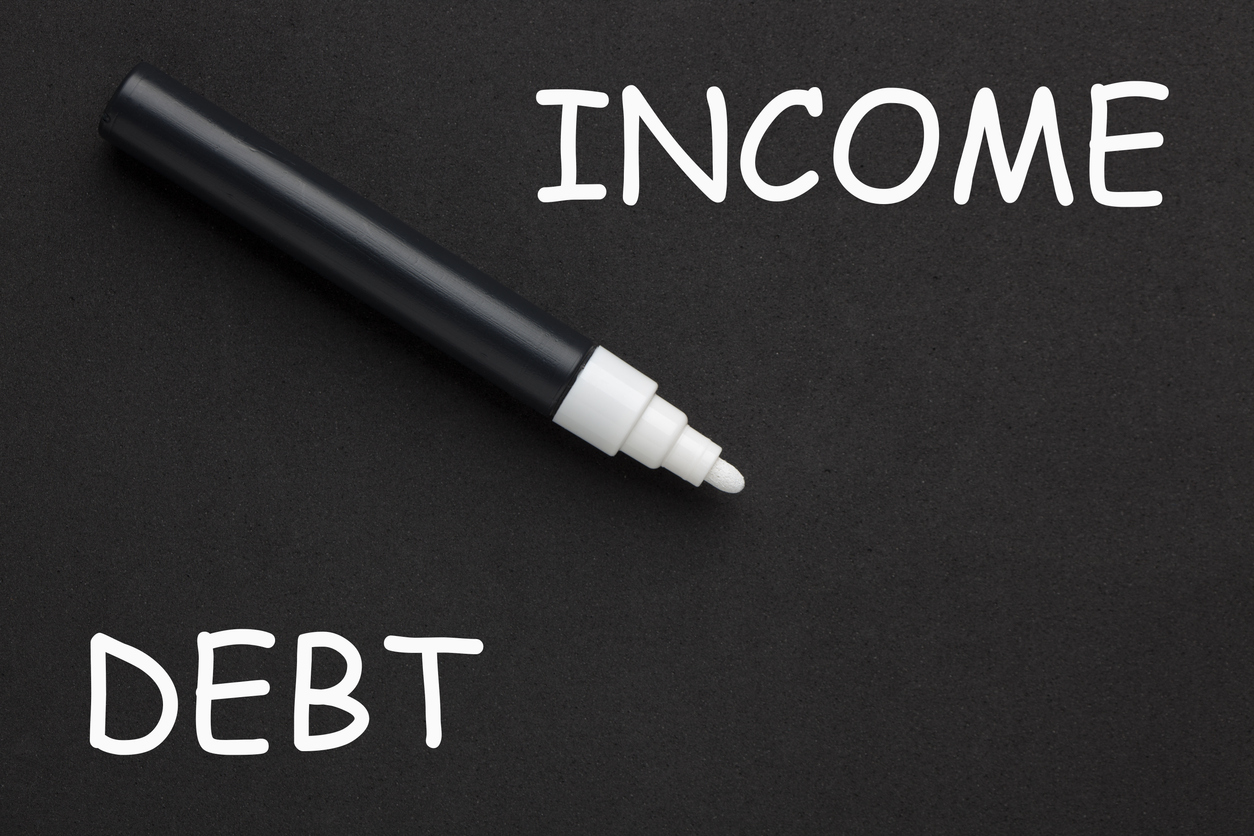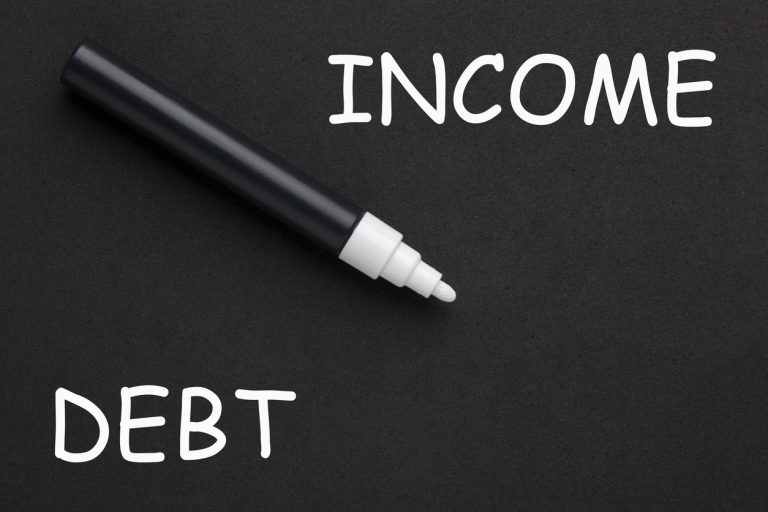
The moment has come for mortgage holders, the mortgage rates are finally getting better!
The OCR has been cut twice with predictions of further cuts on the radar.
It’s all great news.
But, what do you do in this interim period while rates are tracking downwards, yet promise to go lower still? Should you fix or should you maybe consider a floating mortgage rate?
Let’s look at your options.
What Is A Floating Mortgage Rate?
Floating mortgage rates are a type of home loan interest rate that can fluctuate over time. These changes reflect what is going on in the broader financial space, along with the current OCR.
Because this interest rate is heavily influenced by the OCR and market conditions, the amount of interest you are required to pay on your mortgage can increase or decrease depending on what the market is doing. Obviously, this would change the amount of your repayments.
Considerations For A Floating Rate
There are a number of reasons why you might choose to “float” your mortgage payments:
- Flexibility
You can make extra repayments or pay off your loan early without incurring penalties, which can help reduce the overall interest paid over the loan term. This can be helpful if you are planning to move soon or to make a lump sum payment off your mortgage.
- Interest Rate Decreases
If interest rates do end up decreasing, a floating rate lets you take advantage of lower repayments immediately, as your mortgage rate adjusts to reflect the new market conditions.
- Short-Term Solution
A floating mortgage can be ideal if you expect to refinance, sell your property, or switch to a fixed-rate loan in the near future. This way, you avoid the restrictions and break fees often associated with fixed-rate loans.
While there are some good things about choosing a floating rate, there are some potentially negative aspects to consider also:
- Higher Rate
Due to the fact that floating rates offer borrowers such great flexibility, they tend to be higher than any fixed rates that the banks offer. So, you would need to factor in the additional cost that a higher rate attracts to work out whether it is the best financial option for you in the long run.
- Exposure
When on a floating mortgage rate, you are very exposed to market conditions. Rates can change without warning and on a daily basis. This will impact the amount of interest you need to pay, therefore potentially changing your repayment amounts.
It’s important to remember that while floating rates offer flexibility, they also come with risks. If interest rates rise, you could be looking at increased repayments. This can make budgeting more difficult as your monthly repayments may fluctuate.
Plus, floating rates do not tend to drop as quickly as fixed rates, so you could end up paying a higher rate unnecessarily.
Should You Fix Or Float Right Now?
As a general rule, choosing between a fixed and floating mortgage rate will depend on your current financial situation and property plans. If flexibility is a priority and you are comfortable with potential repayment fluctuations, then a floating rate might be suitable in the short term.
However, if you want to secure the best rates possible and prefer consistent repayments for budgeting, a fixed rate is probably the best for you.
Most New Zealanders do prefer fixed rates to floating with the vast majority of mortgages currently on fixed term rates. But, the question does need to be asked if floating rates are currently a viable option with interest rates tracking down.
Generally speaking, it is likely to cost you more in the long run to pay floating rates long term as current floating rates are upwards of 7.5%. However, if you are planning to sell your property soon or your fixed rate is due to expire around the time of a pending OCR decision, a floating rate could be a good interim measure.
Before locking anything in, it’s best to chat about your options and run the actual numbers with an experienced mortgage adviser. So, feel free to contact the team here at Mortgage Suite for honest advice tailored to your personal situation.
What About Refixing?
With interest rates currently falling faster than we’ve seen in a long time, you might be wondering when you should refix your mortgage if your fixed-term rate is up for renewal.
The answer is… wait as long as you possibly can!
Most lenders will start the discussion of refixing a couple of months out from your current fixed-term expiration date. But, with rates currently decreasing on what seems like a weekly basis, you could end up paying more interest than you need to by refixing too early.
Interest rates could fall by half a percent (or more) in two months and the difference it could make in your repayments is anywhere between $10 and $50 a week. That could be extra money in your pocket, which is very helpful for all families in the current cost of living crisis.
With the Reserve Bank set to make another OCR decision in November, it would be sensible to delay refixing until after that time if your current rate does not expire before then. It is expected that the OCR will be cut further in that November meeting, which will drive interest rates down even further.
Mortgage Help Is Always Here
In a decreasing market, it can be hard to know whether or not to fix your mortgage. And that doesn’t even include the worry about more specific questions such as when you should refix and how long for. That’s why it is sensible to ask for help.
As experienced mortgage advisers, we live and breathe the financial markets week in and week out. That’s why we can offer you excellent tailored advice that suits your situation. We can help you make a plan for your mortgage that ensures you don’t pay more interest than you need to and don’t miss out on the lower rates we are seeing from the banks.
Chat with us today for a no obligation review of your mortgage and advice about what is the best strategy for your plans and goals.


















